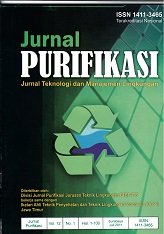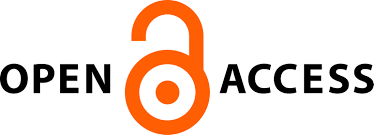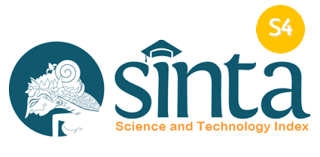EFISIENSI PEMISAHAN MIKROALGA DARI MEDIA TUMBUH LIMBAH CAIR AGROINDUSTRI DENGAN MENGGUNAKAN KOAGULASI/FLOKULASI
Main Article Content
Abstract
Microalgae harvesting is a crucial factor in algal production because it influences the production cost. This work evaluated the efficiency of microalgae separation from agroindustrial wastewater by chemical coagulation/flocculation. The efficiency of alumuniumtrisulphate (alum) and polyaluminiumchloride (PAC) applications for coagulation/flocculation process was evaluated in a series of jar test for separation of microalgae in artificial and slaughterhouse wastewater. The xperimental results showed that microalgae could be separated efficiently from the wastewater by flocculation/coagulation method. The separation efficiency depended on the type and dose of coagulant and characteristics, where microalgae was grown. Dosing of approximately 400 g/L alum or 200 mg/L PAC resulted in optimum separation of microalgae in slaughterhouse wastewater, whereas separation of microalgae in the artificial wastewater required relatively higher alum dose of 600 mg/L, or PAC dose of 400 mg/L. Turbidity, color, and total suspended solids values in the effluent were very low. This lead to the possibility of effluent recycling for reuse.
Downloads
Article Details
Submission of a manuscript to Jurnal Purifikasi means that the work has never been published in another journal and is not under consideration for publication elsewhere. The author hereby agrees to submit the copyright of the manuscript and its contents to Jurnal Purifikasi, if accepted for publication. Accepted manuscripts will be published in printed form where the ISSN is bound in printed form, not in online form (pdf). Authors are not allowed to publish their work in other forms (journals) without permission from the Jurnal Purifikasi manager.
By submitting a manuscript, the author is deemed to know all the rights and obligations attached to each manuscript.








